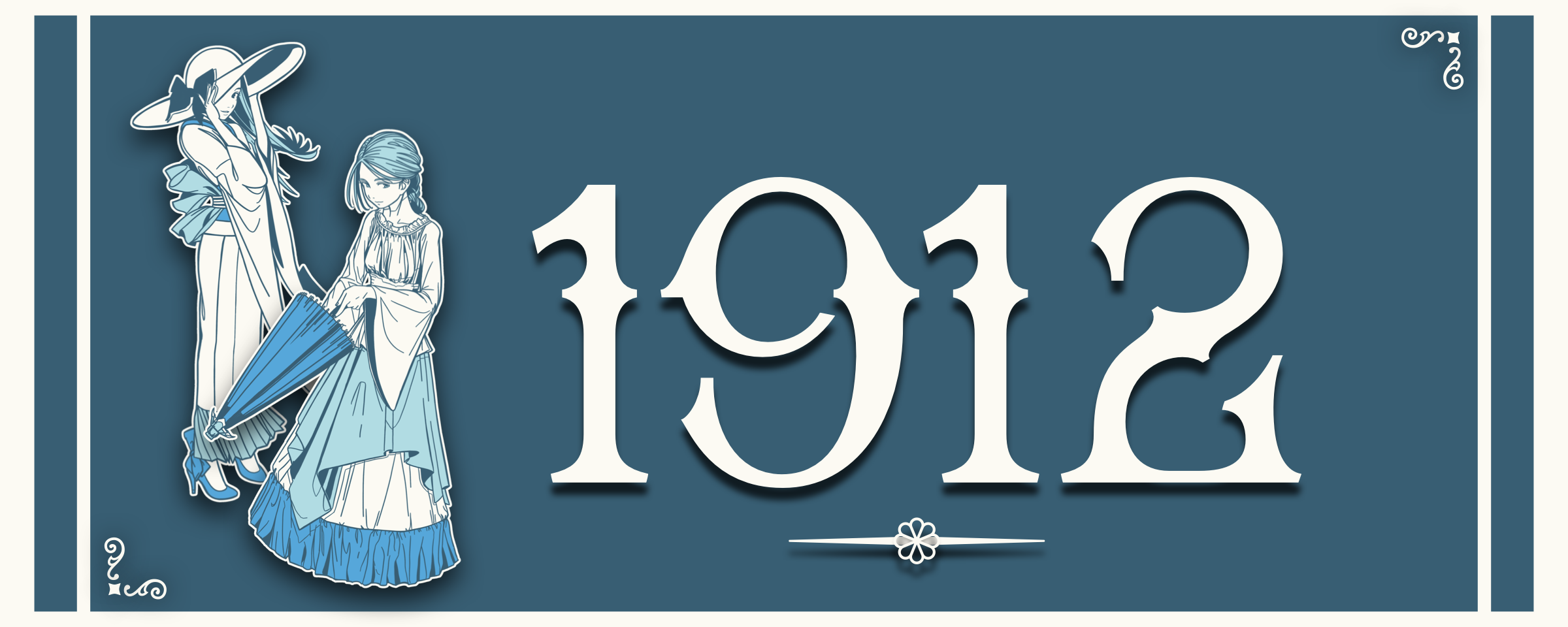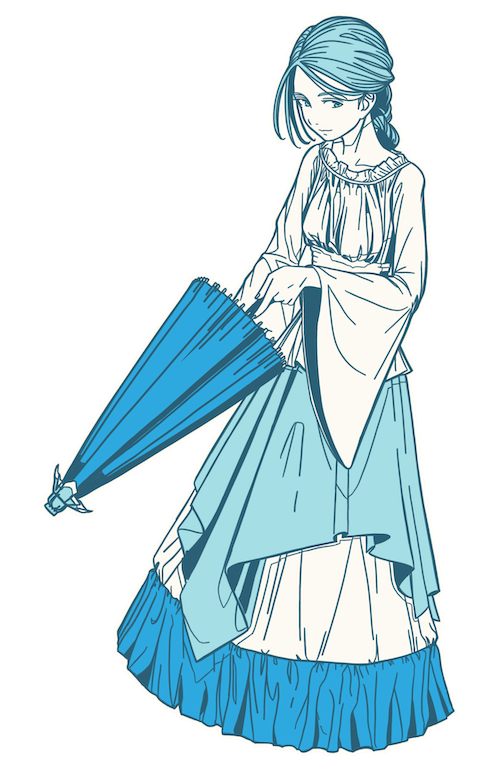
Ogaki City, 1912...

With the birth of mizumanju around 1897, a huge Ogaki wagashi market, called the capital of mizumanju, was formed in Ogaki City.
In the Taisho era (1912-1926), the popularization of Western culture brought a Western confectionery boom to the general public. Kumpeito, which had existed since the Sengoku Period, was no exception, and its cute appearance led to a nationwide craze that successfully blended with the popularization of Western culture. The wave of the confectionery boom swept into Ogaki City, and the Ogaki confectionery market was in turmoil.
With the meeting of two girls attracted to different cultures and the presence of 1912 young confectioners, the hands of the clock begin to move.

Fierce battle over the Ogaki confectionery market
Kumpeito and mizumanju craftsmen formed an alliance to fight for supremacy in the huge Ogaki confectionery market. The former formed the Kumpeito Shokai Rengo, while the latter formed the Mizuanju Shokai Rengo, and they fought fiercely against each other on a daily basis.In the process, the confectionery market, in which mizumanju was the sole winner, became healthier with the influx of kompeito. Although the Ogaki confectionery market is expanding more than before, both alliances are becoming more and more exhausted day by day due to price competition and other factors.
Wako & Yoko

In the midst of this vortex were two 16-year-old girls who will become schoolgirls this spring. Their names are Wako and Yoko. Wako, an apprentice mizumanju maker, is obsessed with the allure of Western clothing and confections, and collects them in secret in her house. In contrast, Yoko, an apprentice kompeito maker of Russian descent, was obsessed with the allure of Japanese clothes.
The girls do not yet know each other.
Tell me more about your culture!
This is a little later in the story.
